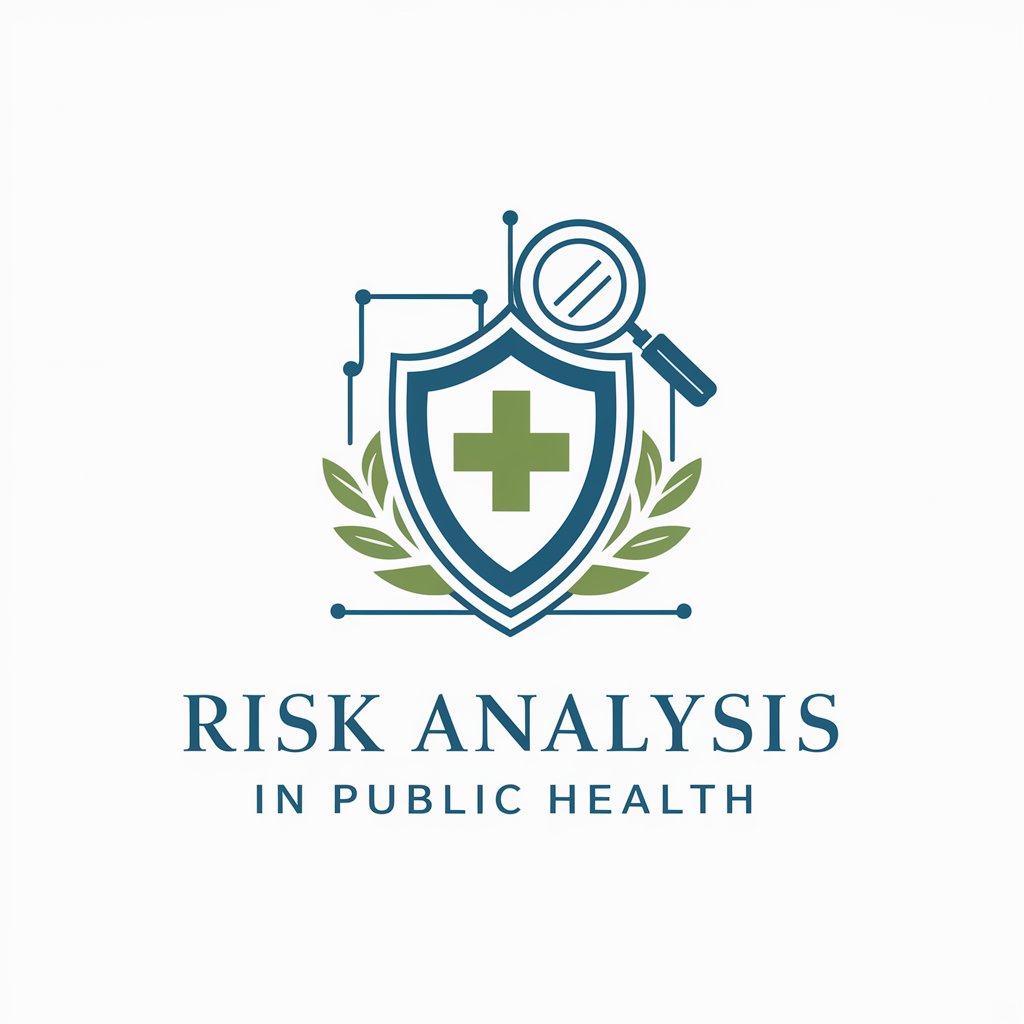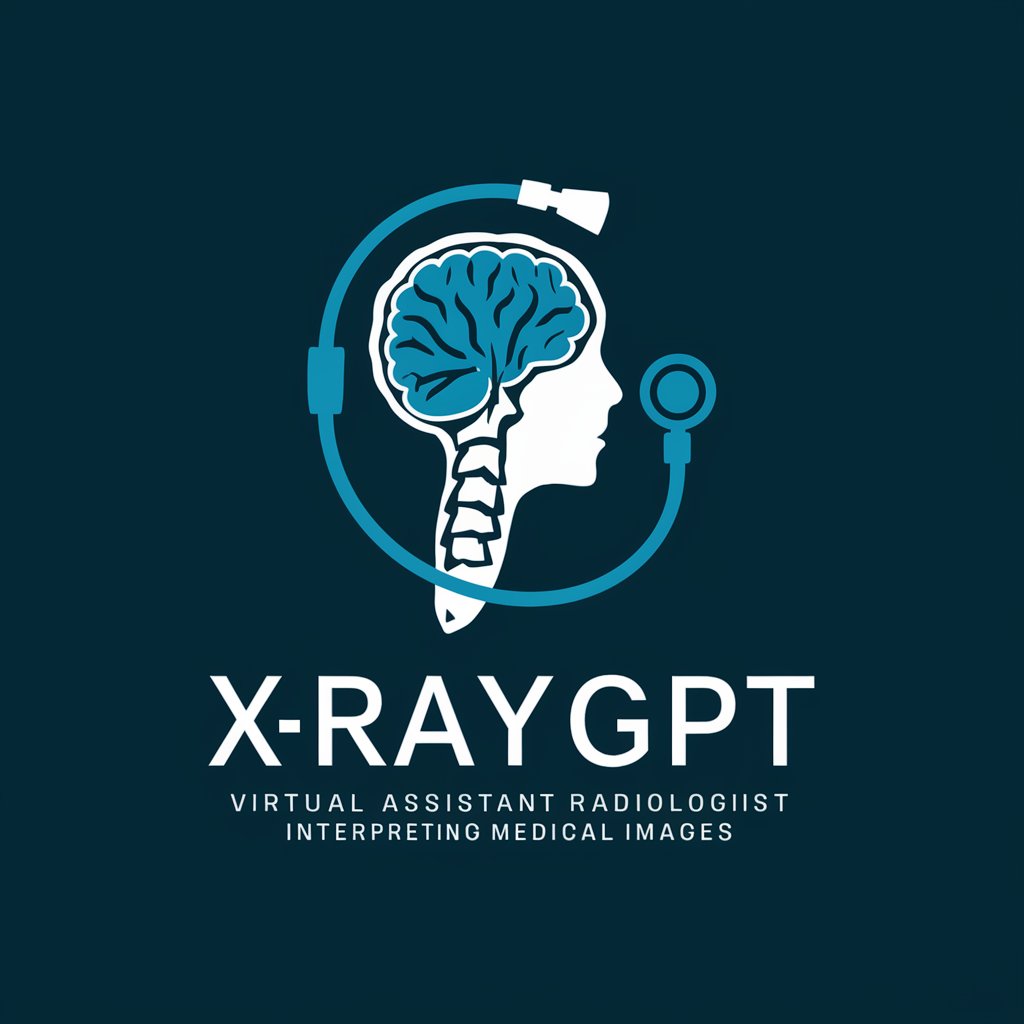
Risk Analysis in Public Health - Risk Analysis Insights

Welcome to Risk Analysis in Public Health! Let's make informed, evidence-based decisions together.
Empowering Public Health with AI
Explain the process of identifying health hazards in public health risk analysis.
Describe the role of early warning systems in managing public health risks.
Discuss the importance of antimicrobial resistance risk analysis in public health.
Outline the steps involved in conducting a SWOT analysis for a public health initiative.
Get Embed Code
Introduction to Risk Analysis in Public Health
Risk Analysis in Public Health is a systematic process designed to identify, assess, manage, and communicate risks associated with public health hazards. It involves a comprehensive approach to understanding potential threats to population health and safety, including infectious diseases, environmental pollutants, and lifestyle factors. The purpose of this process is to facilitate informed decision-making, enabling the development of effective strategies to mitigate identified risks. For instance, during the COVID-19 pandemic, risk analysis was critical in determining the spread of the virus, assessing the impact of various public health interventions, and guiding policy decisions such as lockdowns and vaccination strategies. Powered by ChatGPT-4o。

Main Functions of Risk Analysis in Public Health
Risk Identification
Example
Identifying potential sources of outbreaks, like the emergence of a new infectious disease.
Scenario
During the early stages of the COVID-19 outbreak, risk identification involved recognizing the novel coronavirus as a significant threat to global health, triggering worldwide surveillance and response measures.
Risk Assessment
Example
Evaluating the likelihood and impact of health risks, such as the spread of vector-borne diseases in post-flood conditions.
Scenario
After a major flood, risk assessment tools can be used to predict the increased risk of malaria or dengue fever, helping to prioritize resource allocation for mosquito control and public education on preventive measures.
Risk Management
Example
Developing and implementing strategies to mitigate identified risks, such as vaccination campaigns to prevent disease outbreaks.
Scenario
In response to a predicted severe influenza season, risk management may involve organizing a widespread influenza vaccination campaign targeting vulnerable populations to reduce the incidence and severity of the disease.
Risk Communication
Example
Effectively conveying information about risks and protective measures to the public, such as guidelines for preventing heat-related illnesses during a heatwave.
Scenario
Public health officials may use risk communication strategies to inform the community about the risks of heat exposure, signs of heat-related illnesses, and preventive actions through various media channels and community outreach programs.
Ideal Users of Risk Analysis in Public Health Services
Public Health Officials
These professionals are responsible for safeguarding public health. They rely on risk analysis to make evidence-based decisions regarding disease prevention, outbreak response, and health policy development. For example, they use risk analysis to determine the need for public health interventions like vaccination drives or health education campaigns.
Healthcare Providers
Doctors, nurses, and other healthcare workers use risk analysis to understand the threats posed by various diseases, anticipate surges in healthcare demand, and adopt best practices for patient care and infection control. For instance, during an influenza season, they might use risk analysis to prepare for increased patient loads and to prioritize vaccination for high-risk patients.
Emergency Response Planners
These professionals plan and coordinate responses to public health emergencies. Risk analysis is crucial for them to identify potential health threats, assess vulnerabilities, and develop preparedness and response plans. For example, in the event of a natural disaster, they would use risk analysis to anticipate potential disease outbreaks and organize appropriate healthcare responses.
Researchers and Academics
This group uses risk analysis to study disease patterns, evaluate the effectiveness of public health interventions, and contribute to the scientific knowledge base. Their work often informs public health policy and practice. For example, researchers might use risk analysis to study the factors contributing to antimicrobial resistance and to develop strategies to mitigate this global health threat.

How to Use Risk Analysis in Public Health
Start Your Journey
Begin by exploring risk analysis tools at yeschat.ai for an insightful experience without the need for login, ensuring easy and immediate access.
Identify Hazards
Pinpoint potential health hazards within the community or population. This includes infectious diseases, environmental toxins, or lifestyle factors posing health risks.
Assess Risks
Evaluate the likelihood and potential impact of identified hazards. Use quantitative and qualitative methods to analyze how these risks affect public health outcomes.
Develop Mitigation Strategies
Formulate and implement strategies to mitigate identified risks. This could involve public health interventions, policy adjustments, and community education programs.
Monitor and Update
Continuously monitor the effectiveness of risk mitigation strategies and adapt them based on evolving data and circumstances. Engage with the community for feedback and improvement.
Try other advanced and practical GPTs
XrayGPT - Your Assistant Radiologist
Revolutionizing radiology with AI precision

LearningCastle
Adventure into Knowledge with AI

Dhruvbot
Empowering Decisions with AI-Driven Insights

Chikara NodeJS Guru
Elevate Your Node.js Development

PC Bud
Tailoring Your Dream PC with AI

Culinary Sage
Unlock the secrets of Chinese cuisine with AI.

Leonardo di ser Piero da Vinci
Reviving Renaissance Genius with AI

隠喩の物語家
Bringing Stories to Life with AI

XANA Metaverse Navigator (English)
Navigate the XANA Metaverse with AI

Carl W J Davidson-GPT
Empowering Legal Professionals with AI

Second Mention
Elevate your writing with AI-driven creativity.

Sonia. Diagramas educativos
Visualize concepts with AI-powered diagrams

Q&A on Risk Analysis in Public Health
What is Risk Analysis in Public Health?
Risk Analysis in Public Health involves identifying, assessing, and managing potential health hazards to prevent and mitigate risks to population health. It encompasses analyzing the probability and impact of health threats and formulating effective strategies to address them.
How does Risk Analysis benefit public health policy?
Risk Analysis provides a scientific basis for public health policy-making by highlighting critical health risks and their potential impacts. This enables policymakers to allocate resources efficiently and implement targeted interventions to protect public health.
Can Risk Analysis predict future health crises?
While Risk Analysis uses current data and trends to assess potential health threats, it cannot predict future crises with certainty. However, it can significantly aid in preparedness and response planning by identifying likely scenarios and vulnerabilities.
How is data collected for Risk Analysis in Public Health?
Data for Risk Analysis is collected from various sources, including epidemiological studies, health surveillance systems, environmental monitoring, and demographic research. It may also involve gathering data from healthcare records and patient surveys.
What role do communities play in Risk Analysis?
Communities play a crucial role in Risk Analysis by providing local knowledge and data, participating in risk mitigation strategies, and contributing to the monitoring and evaluation process. Community engagement ensures that interventions are culturally appropriate and widely accepted.